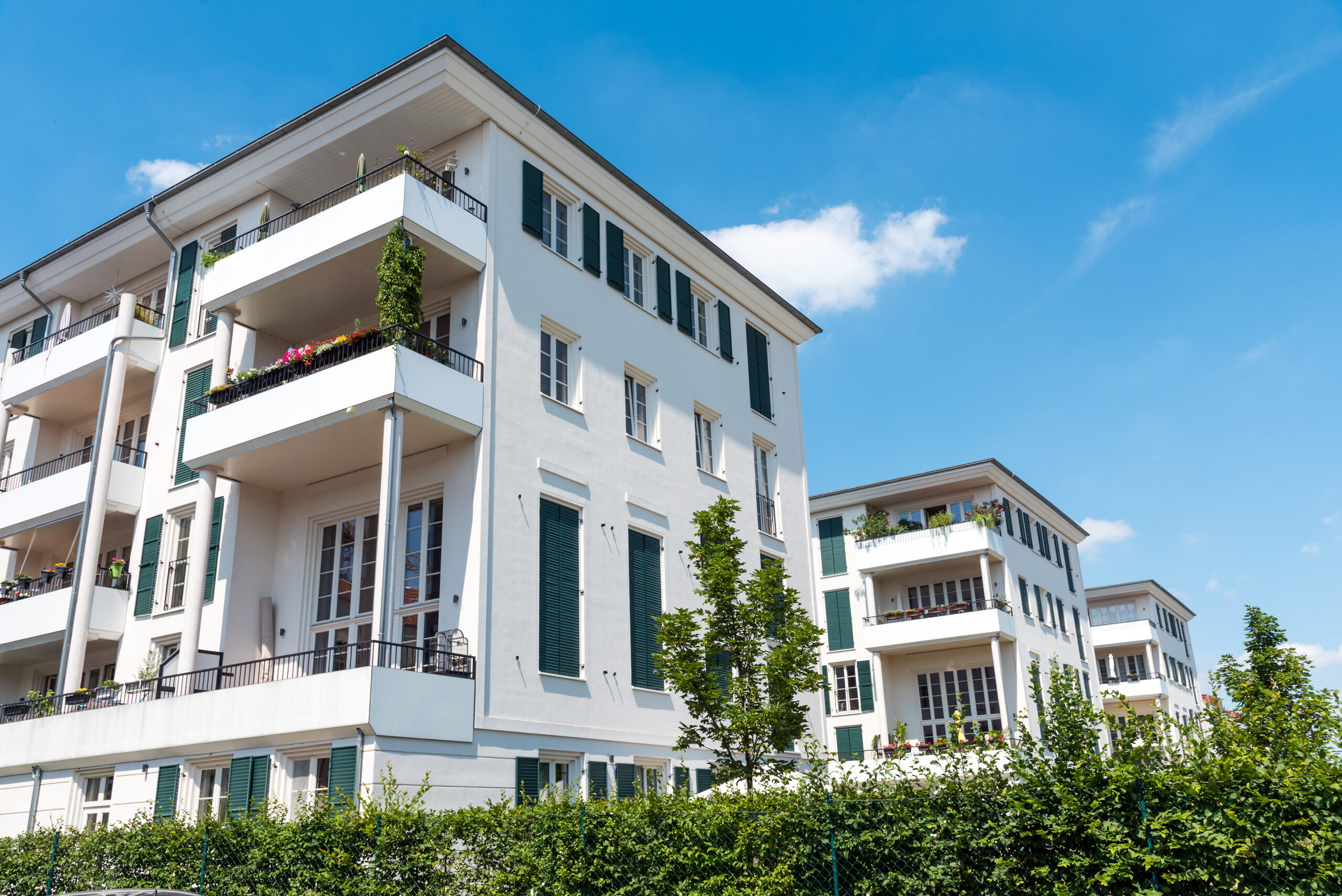(When searching through listings of available properties to buy, one can come across many different types of units available. Beyond the definition of “house,” properties available for sale can include condominiums, townhouses, planned urban developments (Referred to as PUDs), and single-family residences. At Evolve Home Loans, we are here to help guide you through the different types of units, and to help you decide which type may be the best for you.)
While perusing home listings, many buyers have a grasp on the basics of single-family houses, condos, townhouses, or manufactured homes, but occasionally a listing may mention a PUD. What exactly is a PUD, and what does it mean for the homebuyer? A PUD, or Planned Urban Development, is known to contain single-family residences, townhouses, or condominiums, but also comes with its own distinctions. Most often appearing as single-family residences, ownership includes the housing unit and lot, and sometimes shared common areas as well. PUDs are designed communities with common-area amenities such as private parks, pools, tennis courts, walking trails, and more, with services such as landscaping and security often provided to residences within the PUD. Some PUD communities are even known to have their own clubhouses, stores, and golf courses – think mini city!
Because of the exclusivity of these common areas, HOA fees for living within a PUD can be higher than those of townhouses, condos, or single-family residences, but the added amenities and services can also be quite appealing to many homebuyers. PUD properties in general may also be more expensive to own due to shared amenities. And due to the added maintenance responsibilities of an HOA within the PUD, the credibility of the HOA itself may come under review in the lending process as well. At Evolve Home Loans, our experienced team is here to guide you in this process should a PUD development be a path you choose to pursue. For more information on other property types, be sure to check out our articles on single-family residences, condominiums and townhouses, and mobile, manufactured, and modular homes.
